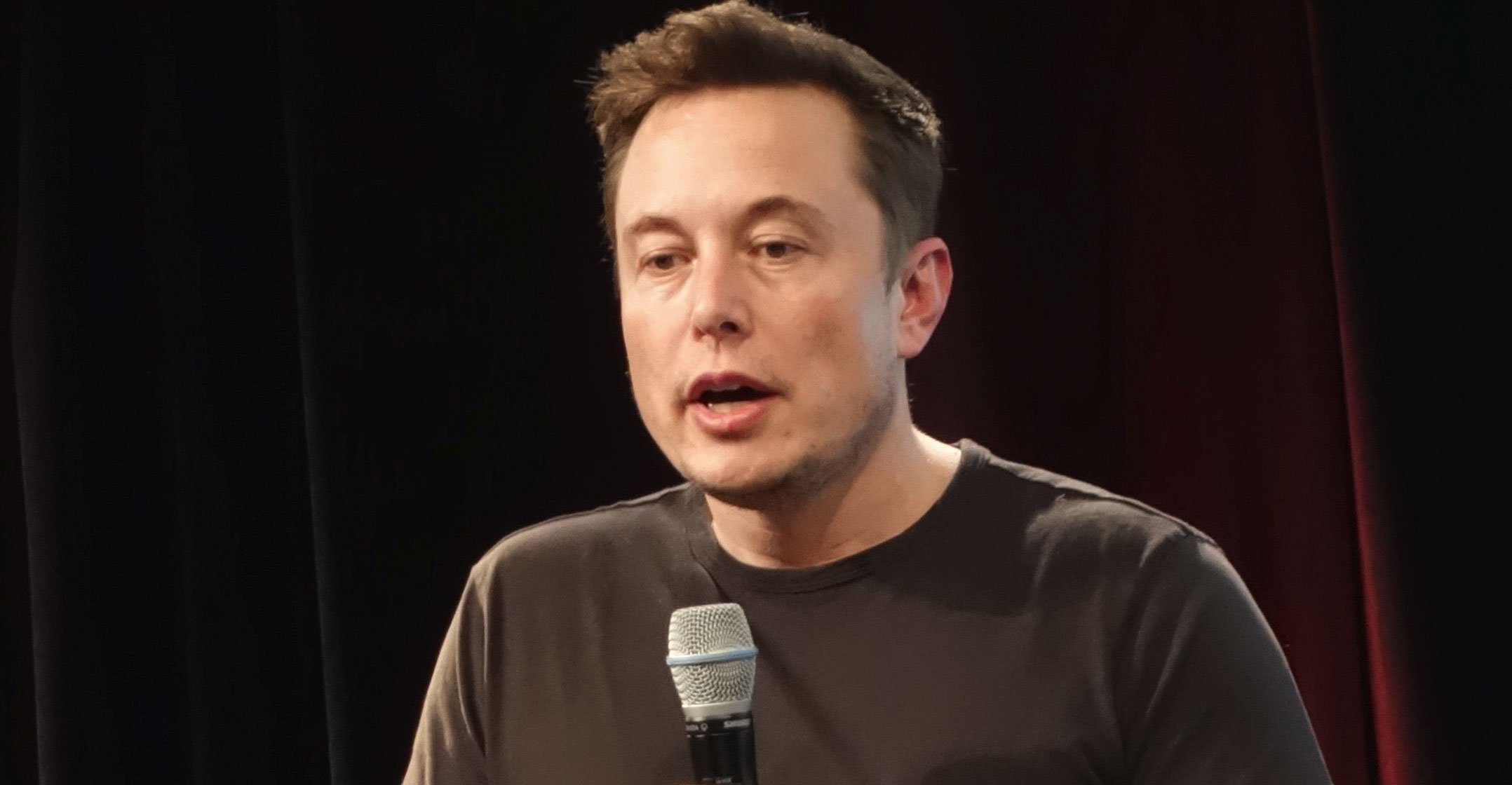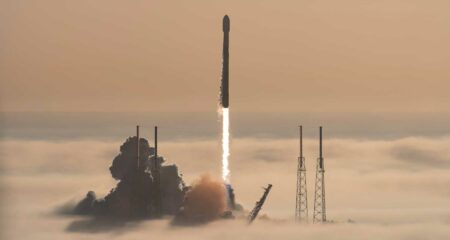
SpaceX’s Crew Dragon unmanned craft successfully docked with the International Space Station on Sunday, a key milestone for CEO Elon Musk, his team and the American space agency.
The rendezvous with the orbiting lab marks the first time that Crew Dragon, designed to eventually carry astronauts, has ever flown and raises the stakes for rival Boeing, which also has a contract with Nasa as part of what is known as the agency’s “Commercial Crew” programme.
No astronauts or humans were on board the maiden flight, which completed the initial link to the ISS about 5.51am US Eastern time. The only passenger is Ripley, a female mannequin whose name is a nod to the character in the popular Alien movies.
“In addition to 400 pounds (180kg) of supplies and equipment, Crew Dragon is carrying Ripley, an anthropomorphic test device outfitted with sensors to gather important data about what an astronaut flying aboard the spacecraft would experience throughout the mission,” said Nasa in a blog post Saturday.
It’s been a big weekend for commercial spaceflight. Tourists flocked to the Kennedy Space Center in Florida to watch the launch of the Falcon 9 rocket at 2.49am on Saturday. US President Donald Trump congratulated SpaceX in a tweet on Saturday afternoon.
The inaugural flight, known as Demo-1, is an important mission designed to test the end-to-end capabilities of the new system, Nasa said. It paves the way for Demo-2, a test flight with a crew to carry Nasa astronauts Bob Behnken and Doug Hurley to the ISS. That flight is currently slated for July.
Splashdown
Crew Dragon will remain connected to the space station for five days, and will depart on Friday. The mission will not be complete until the spacecraft safely departs from the station and deploys parachutes as part of its splashdown in the Atlantic Ocean.
In 2014, Nasa awarded SpaceX and Boeing combined contracts worth as much as US$6.8-billion to fly US astronauts to the space station. The agency chose two companies for the unique public-private partnership to assure safe, reliable and cost-effective access to space while avoiding the perils of one provider having a monopoly. The US government is also eager to have the ability to fly to the ISS without buying seats on Russian Soyuz capsules. — Reported by Dana Hull, (c) 2019 Bloomberg LP




